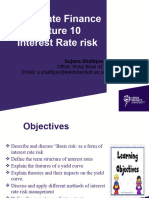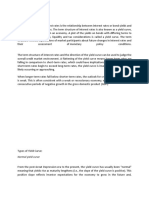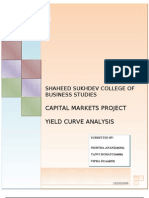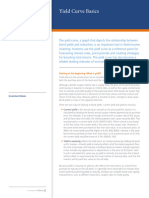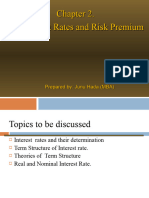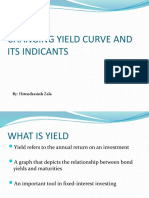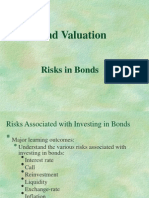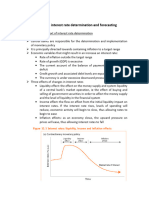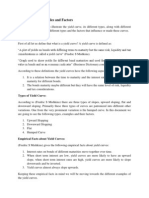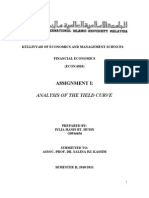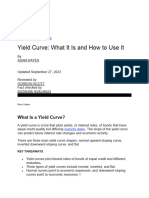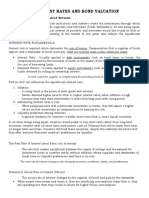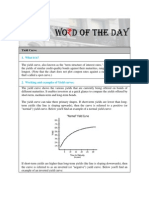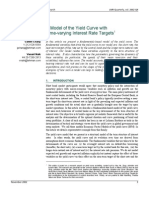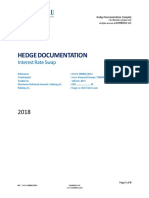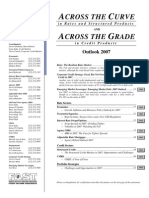0% found this document useful (0 votes)
11 views13 pagesRISK-Notes
The document discusses interest rate risk management, focusing on the perception of interest rate risk from both borrowers and lenders, and the various categories of borrowing and lending. It explains concepts such as interest rate gap exposure, basis risk, and the significance of the yield curve in predicting future interest rate movements. Additionally, it covers internal and external hedging strategies to manage interest rate risk, including forward rate agreements, interest rate guarantees, and interest rate swaps.
Uploaded by
mhanzlah987Copyright
© © All Rights Reserved
We take content rights seriously. If you suspect this is your content, claim it here.
Available Formats
Download as PDF, TXT or read online on Scribd
0% found this document useful (0 votes)
11 views13 pagesRISK-Notes
The document discusses interest rate risk management, focusing on the perception of interest rate risk from both borrowers and lenders, and the various categories of borrowing and lending. It explains concepts such as interest rate gap exposure, basis risk, and the significance of the yield curve in predicting future interest rate movements. Additionally, it covers internal and external hedging strategies to manage interest rate risk, including forward rate agreements, interest rate guarantees, and interest rate swaps.
Uploaded by
mhanzlah987Copyright
© © All Rights Reserved
We take content rights seriously. If you suspect this is your content, claim it here.
Available Formats
Download as PDF, TXT or read online on Scribd
/ 13
